Basilica of San Clemente
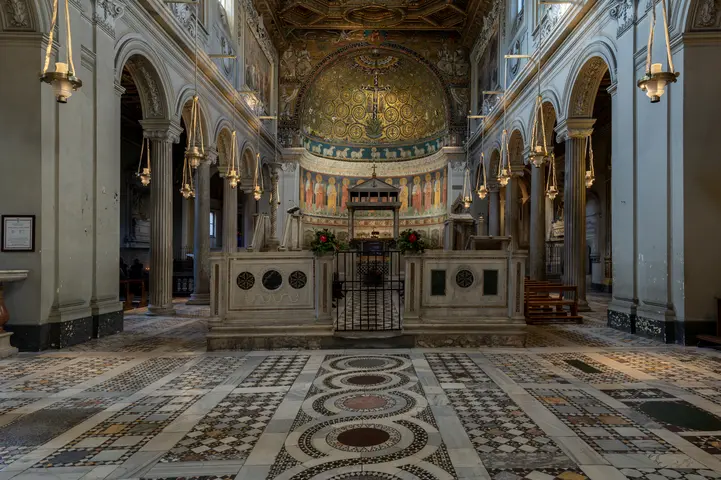
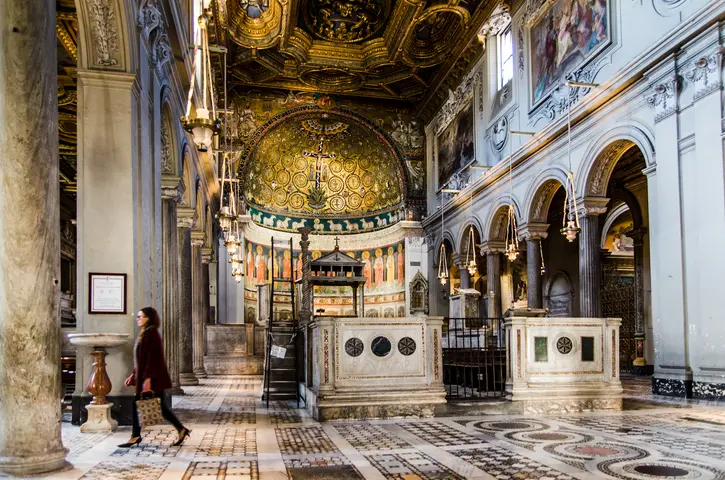
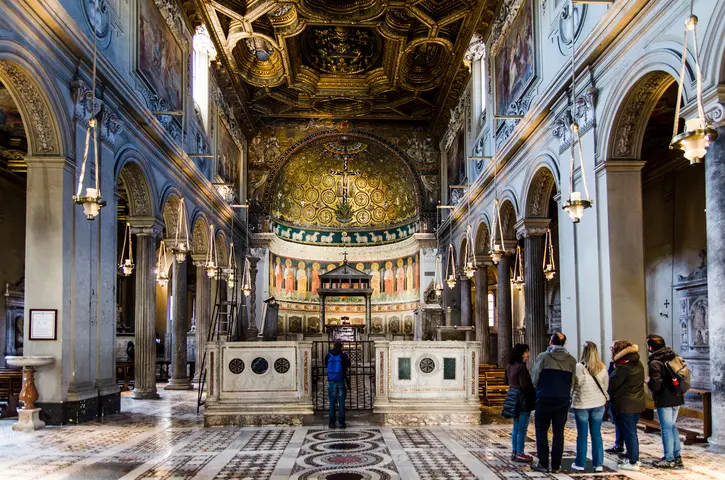
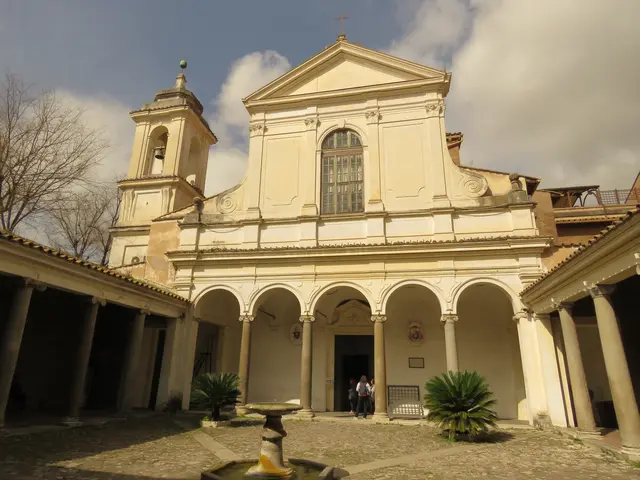
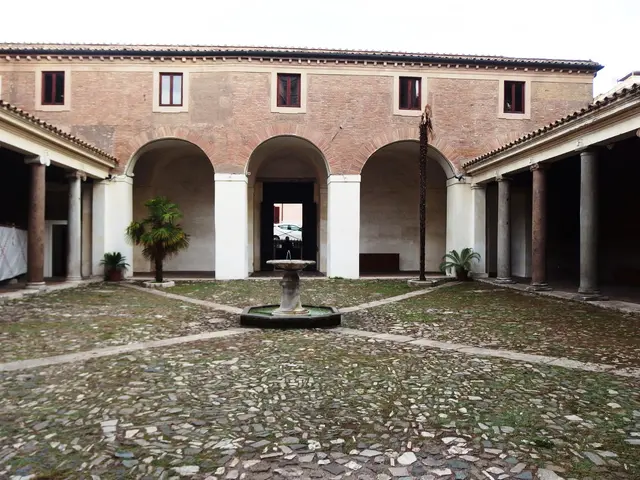
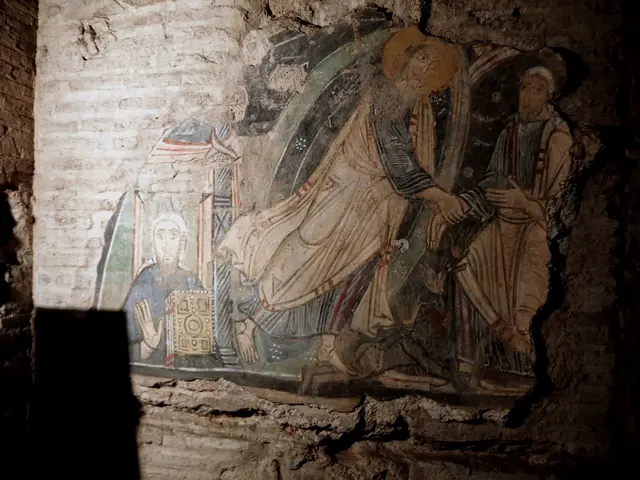
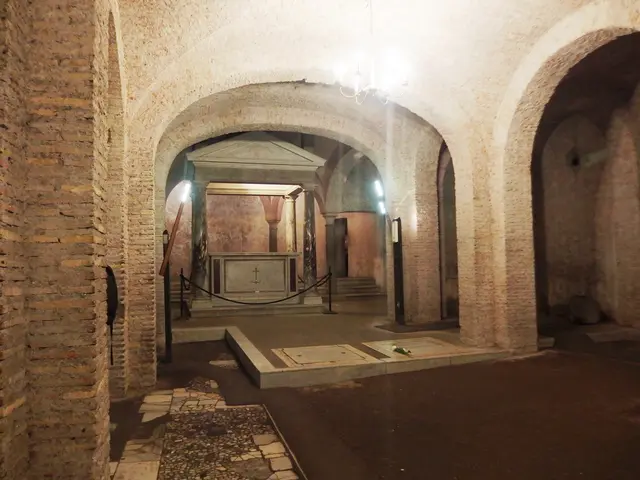
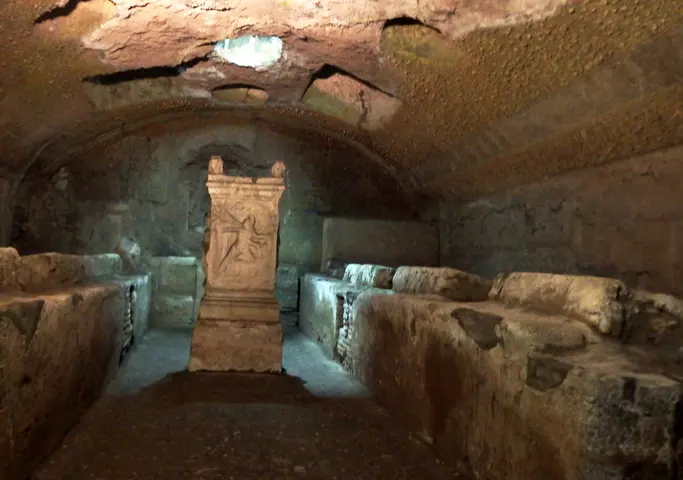
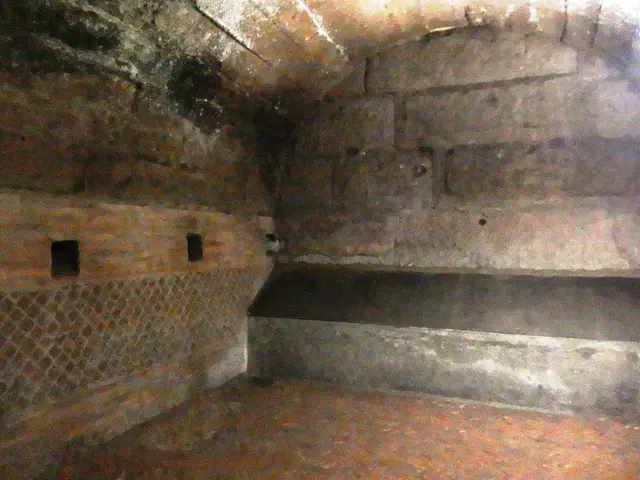
Introduction
The Basilica of San Clemente in Rome offers a window into almost two thousand years of history—all layered beneath a single roof. From ancient Roman ruins to dazzling mosaics, this unique church lets us walk down through pagan temples, early Christian walls, and medieval art. Exploring San Clemente is truly like exploring a time capsule—each level invites us to experience Rome’s changing faiths, folklore, and traditions.
Historic Highlights
🏛️ Layer Upon Layer: Rome’s Underground Story
The Basilica of San Clemente in Rome is famously built atop centuries of earlier buildings—each level tells a new story. The lowest layer reveals 1st-century Roman houses, once destroyed by Nero’s great fire. Later, a Roman domus was transformed into a secret Mithraeum, a temple dedicated to the Persian god Mithras, where mysterious rituals took place in the glow of oil lamps and frescoes.
“A church preserves the memory of [St. Clement’s] name to this day.”
— St. Jerome (c. 392 AD)
⛪ Christian Beginnings and the Old Basilica
By the late 4th century, San Clemente’s site became Christian. A basilica honoring Pope St. Clement rose above the Roman house, likely under Pope Siricius (384–399 AD). Early sources show how the growing cult of St. Clement shaped Rome’s faith. This “Old San Clemente” was filled with colorful frescoes and marble, reflecting both reverence and the creative energy of early Christians.
🌿 Medieval Renewal and Miracle Stories
Medieval centuries brought new art, drama, and folklore. In 867, Saints Cyril and Methodius carried St. Clement’s relics here, turning the church into a celebrated shrine. A fresco in the lower basilica comically immortalizes the Miracle of Sisinnius—a pagan nobleman struck blind for interrupting Mass, who then mistakes a column for Clement himself, shouting the earliest written words of Italian on its walls.
“Fili de le pute, traite!” (Pull, you sons of whores!)
— 11th-century fresco inscription
🔥 Fire, Ruin, and Rebirth
San Clemente’s fate changed drastically in 1084, when Norman troops set the area ablaze. The original basilica was damaged and ultimately buried to support a new church above. By 1128, Cardinal Anastasius and his craftsmen had dedicated the Romanesque basilica we see today, recycling antique columns, Cosmatesque marble floors, and dazzling apse mosaics that echo early Christian themes.
💡 Visitor Tip
Descend through San Clemente’s layers and notice the cool air and flickering frescoes—each step is a journey backward through time. Don’t miss the annual November procession for St. Clement’s feast day, celebrated with local pride and global pilgrims.
Timeline & Context
Historical Timeline
- 64 AD – Site’s Roman buildings destroyed in Nero’s great fire.
- Late 1st–3rd c. – Roman townhouse (domus) and Mithraeum established.
- 313 AD – Legalization of Christianity (Edict of Milan).
- Late 4th c. – First Christian basilica built under Pope Siricius.
- 867–868 – Relics of St. Clement brought from Crimea; St. Cyril buried here.
- 1084 – Norman sack of Rome; basilica gravely damaged by fire.
- Late 11th–1128 – New basilica constructed atop old; formal dedication in 1128.
- 14th–15th c. – Gothic tabernacle added; Masolino’s Renaissance frescoes painted.
- 1713–1719 – Major Baroque restoration by Pope Clement XI.
- 1857–1870s – Fr. Mullooly excavates lower basilica and ancient ruins.
- 2018 – Latest apse mosaic restoration completed.
Archaeology of Continuity
The basilica’s physical layers make it an exceptional “palimpsest” of Roman history. Each construction phase is not merely replaced but carefully built atop the last, preserving earlier spaces. Modern archaeological investigation began in the 1850s with Fr. Mullooly’s innovative digs, confirming stories from ancient texts with tangible ruins—such as the Mithraeum and early Christian walls. Conservation today requires climate controls and careful documentation as humidity, pollution, and tourism threaten the ancient stones and frescoes.
Liturgical and Social Roles
San Clemente stands as one of Rome’s titular churches, central to Catholic rituals for over 16 centuries. Relics beneath the altar, brought by Cyril and Methodius, turned it into a magnet for pilgrims, especially those from Eastern Europe. Annual processions and veneration of Clement sustain medieval traditions in the heart of modern Rome, blending sacred ceremony with neighborhood pride. The Irish Dominican friars, custodians since 1677, add another historic thread—creating a bridge for English-speaking pilgrims and keeping the basilica’s doors open to a global audience.
Cultural Exchange and Everyday Life
Throughout history, San Clemente has mirrored wider cultural shifts. Its art—the Cosmatesque floors, medieval mosaics, and Renaissance frescoes—shows the ongoing dialogue between local craftsmen, Byzantine-trained artisans, and emerging Renaissance painters like Masolino. The comic Sisinnius fresco hints at how even sacred places became arenas for popular humor and vernacular speech. Oral folklore, miracle tales, and legends about underground springs or sudden discoveries (like that of St. Cyril’s tomb) persist in community memory and reinforce the basilica’s living heritage status.
Comparative Heritage
When compared to other layered Roman churches—such as Santi Giovanni e Paolo or Santi Quattro Coronati—San Clemente stands out for the direct, accessible experience of its strata. While all endured cycles of destruction and renewal (especially after the 1084 sack), San Clemente’s unbroken physical and liturgical continuity distinguishes it. Where Quattro Coronati became fortified and secluded in later centuries, San Clemente remained public-facing, rooted in both local worship and international pilgrimage.
Modern Challenges and the Meaning of Layered Space
Today, San Clemente must balance tourism, sacred use, and conservation. Creative responses—such as coordinated lighting, careful monitoring of humidity, and limited visiting hours—preserve its fragile art for the future. This basilica captures the heart of Rome’s identity: beneath an unassuming exterior lies a world of memory, faith, and community, layered and resilient. Academic research, oral tradition, and neighborhood life all find a place beneath its mosaics, ensuring San Clemente remains a living chapter of Rome’s story.